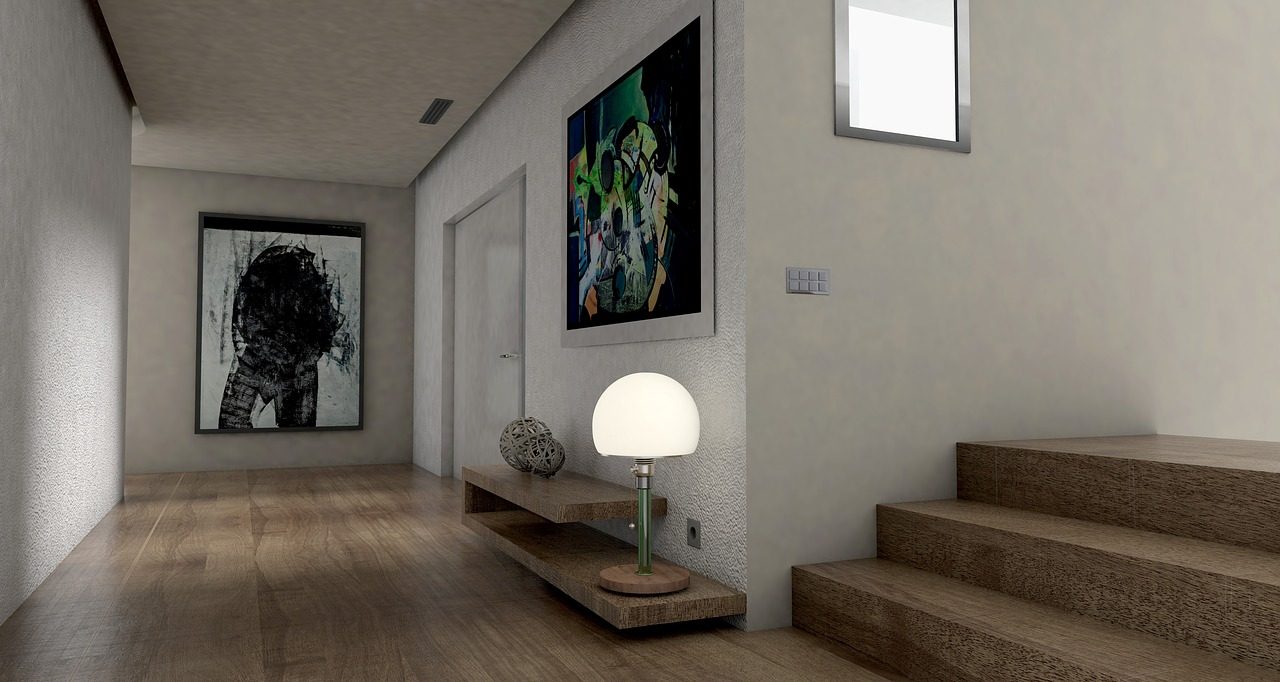
Despite its species or hardness rating, wood is essentially an organic product made of fibers that will absorb nutrients and water. Those fibers are constantly changing their solidity, tension, and flexibility. That’s because trees by nature are designed to extend further into the atmosphere to gain as many nutrients as they can through their leaf systems.
The trunk of a tree is what regulates the flexibility of those interchanges. It’s due to this ongoing organic process of growth that the slats of your wood floors will expand and contract at a microscopic level. Wood is, after all, a living, breathing entity and it can be affected by the atmospheric conditions within your home. Those conditions can be impacted by anything from the outdoor temperature to number of occupants in the home to the efficiency of the HVAC system.
In winter, your wood floors will lose moisture, contract, and show gaps. It’s actually quite common. Let’s take a further look at tips during wood floor installation.
Preparation of Hardwoods
The finish of your hardwood floors not only enhances its appearance but it also protects it from future damage. This natural substance has a variety of rings, lines, patterns, and markings, which the finish will bring out. Your floors could be finished with any manner of:
- Dyes
- Stains
- Colorants
- Sealers
- Fillers
- Toners
- Shade coats
- Primers
In regards to possible gapping, hardwood finishes regulate the amount of moisture the wood is taking in and how much is expired into the air. To prevent gapping, the finish must have been applied expertly and efficiently.
Acclimating Hardwoods
When installing hardwood, you must allow the humidity and temperature of the wood to complement the ambient humidity and temperature of the home. Failing to achieve this balance could translate to post-installation problems. If the wood has a higher moisture content than the sub-floor does, it could contract later, leading to shrinking and gapping. If the wood is dryer than the air in your home, it could increase in size, leading to buckling and pressure on the border.
To acclimate your hardwood flooring:
- Store it in the same room and on the same floor as where you plan to install it.
- Keep your HVAC system at temperatures that are consistent with your daily routine.
- Allow ample air flow by stacking the wood in a log cabin formation.
- Acclimate the wood for seven to 10 days prior to installation.
In-Home Humidity
The humidity in your home is key to how much your floors will expand and contract. Make sure this factor is consistent to cut down on the chances of gapping and other changes. You can achieve this by reducing ventilation and adding moisture to the air via a humidifier.
When you take all of the above factors into consideration, you will not only ensure a smoother installation process but you will also decrease the possibility of expansion or contraction of the wood fibers. The end goal is to ensure your hardwood flooring lasts for the life of your home.
Contact Designer Wood Flooring
We can help you transform any room in your home with quality products that you can count on for years to come, whether you want pre-finished or unfinished hardwood flooring, or solid or engineered wood. Contact us now to learn more.




